Galaxy S9 Camera: Why is Samsung’s dual-aperture camera so special?
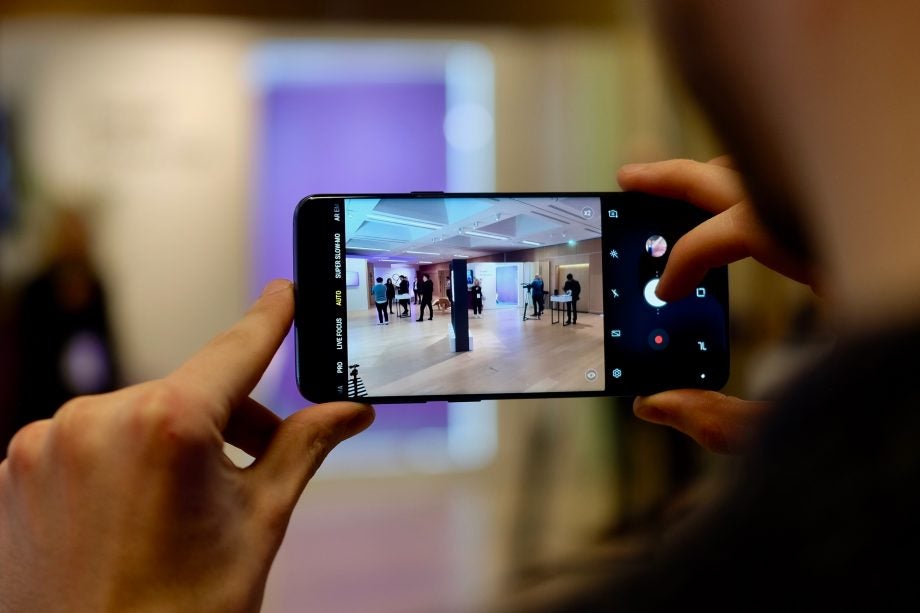
Samsung Galaxy S9 Camera: What is the S9’s ‘dual-aperture’ camera all about?
Conventional wisdom in smartphones says the wider a phone camera’s aperture lens, the better. The Galaxy S5 had an f/2.4 lens, the Galaxy S6 f/1.9, the S7 f/1.7. Ten years ago phones raced towards higher megapixel counts. In the last few years they’ve aimed for better low-light performance.
However, the Samsung Galaxy S9 has a variable-aperture lens. Shoot in normal or low light and it uses an f/1.5 aperture. Take a photo in bright light and it uses f/2.4, like phones from years ago. Why?
Exclusive deal: Get the Samsung S9 for £39/month £125 upfront, with 16GB data
Galaxy S9 Camera: What’s the difference?
Unless you’re a bit of a camera geek, these f-numbers may not mean a whole lot. They refer to the size of the hole in a camera lens that light travels through to reach the sensor.
The smaller the f-number, the wider this hole is. A bigger hole means more light gets to the sensor, usually resulting in better images when the available light is limited. Using an f/2.4 aperture only makes complete sense in bright light, when the extra width is simply not needed.
In 2009 Nokia made a phone with a variable camera aperture, the Nokia N86. It could use f/2.4, f/3.2 and f/4.8 apertures. Since then phone cameras have singularly tried to use as wide a lens aperture as possible, because the benefits of more light to the sensor far outweighed those of a narrow aperture. So why has it returned?
To understand the value of aperture control, we also have to understand the colliding forces that come into play when taking a photo.
Related: MWC 2018
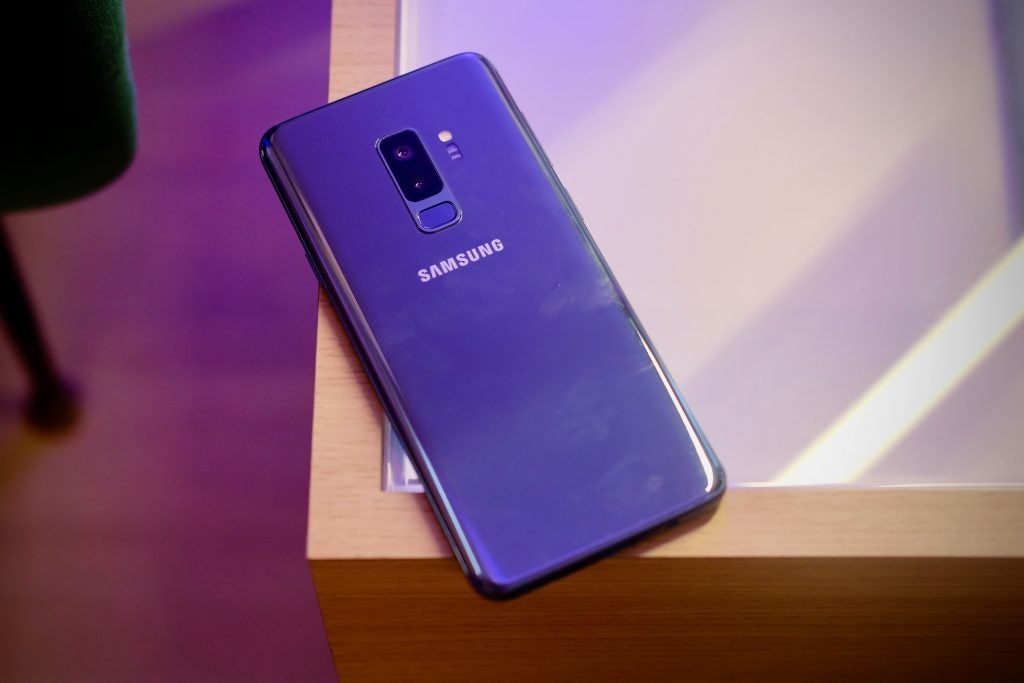
When I use my Fuji X-T10, the camera I use day to day, I almost never use the widest aperture setting available.
With a very wide aperture, the depth of field is very narrow and, even at the point of focus, sharpness is better if I use a narrower aperture. This is a lens that I paid over £350 for, and it doesn’t even have a zoom. Not cheap,
Professional photographers spend thousands and thousands of pounds to get a lens that maintains its sharpness between aperture settings. And still, most consider the f/5.6-8 range to be where you’ll get the best image sharpness with such lenses.
Galaxy S9 Camera: Lenses in phone cameras
However, some of this doesn’t apply to a phone camera sensor like the Galaxy S9’s.
Here’s where things become a bit complicated. Use an aperture like f/1.5 with a camera that has a full-frame or large APS-C sensor and it can be hard to get anything but your subject in focus. Or, in some cases, a tiny sliver of your subject. Close-up a subject’s eyelashes might be sharp, but their eyes won’t be.
However, even a very wide aperture on phone will give a much wider depth of field.
The depth of field of a camera depends not just on the f-stop lens aperture but the size of the sensor, or its ‘crop factor’, a term you might see in photography forums. Put a DSLR and a Samsung Galaxy S9 side by side and this makes more sense. You could fit your pinkie finger through an f/1.5 aperture in a full-frame DSLR, but only a toothpick would fit through the Galaxy S9’s f/1.5 opening.
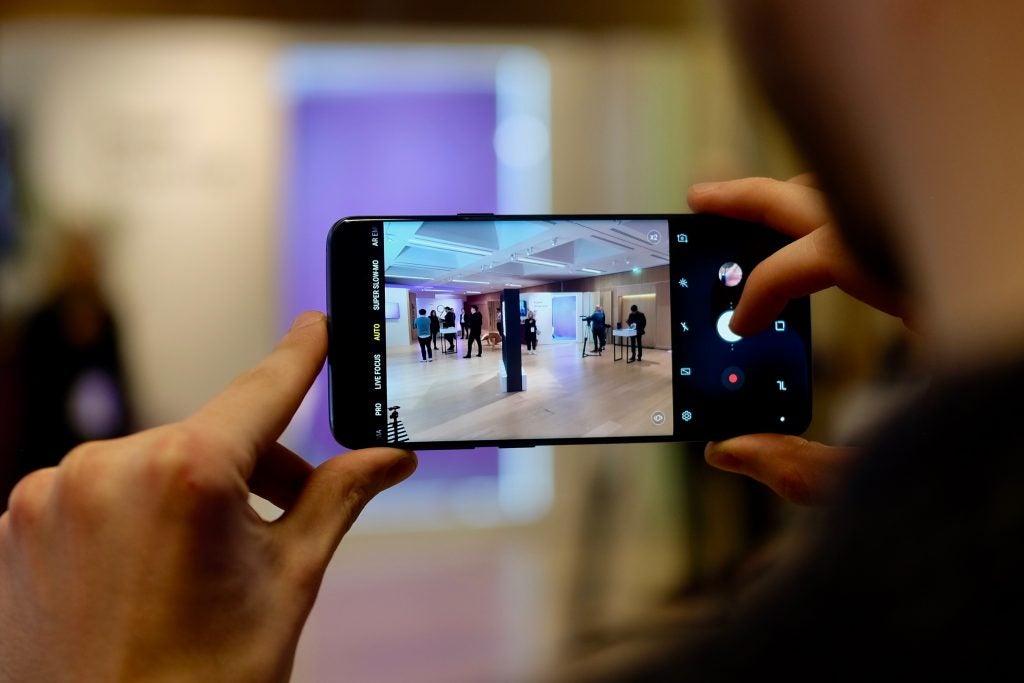
Figures we use to describe camera apertures are relative, not absolute. This is why high-end phones use software tricks to create the smooth background blur (‘bokeh’) that portrait and wedding photographers might aim for in some shots.
Still, this doesn’t explain why phones might choose to step down to a narrow aperture when it doesn’t have to. It only says: depth of field isn’t the reason.
Galaxy S9 Camera: Aperture and Sharpness
Getting a lens to perform optimally becomes more difficult the wider the aperture becomes. It requires larger, higher-quality lens elements. You might think of your phone camera as a single lens and a sensor that sits behind it, but there are actually a fistful of lens ‘elements’ that relay the light from the real world outside to the sensor. These elements are arranged to achieve a certain magnification without distorting the image.
The Galaxy S8’s rear camera has six lens elements, for example. And unlike those of a DSLR lens, they are made of plastic rather than glass. Plastic lens parts are easy and relatively cheap to manufacture but they don’t have the optical quality of glass.
You’ll see this in action in some of the largest phone sensors. The Sony Xperia XA2 Ultra has a very large (for a phone) 1/2.3-inch sensor, but its images become soft and distorted at the edges.
To grossly simplify, a large sensor demands bigger final lens elements in the chain. A wider aperture demands bigger initial elements, and invites the same sort of image distortion we see in Sony’s high-megapixel phones.
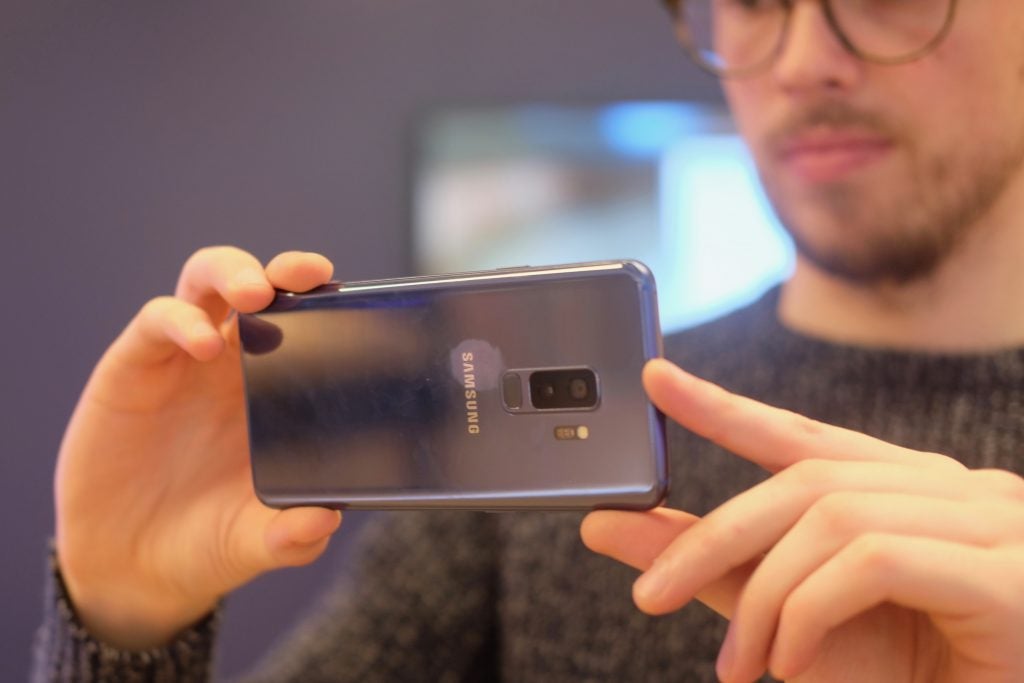
Samsung Galaxy S9
Samsung’s use of multiple aperture settings can be taken as an admission that the Galaxy S9’s ultra-wide f/1.5 aperture will come with some optical trade-offs. Its use of an f/2.4 mode is an attempt to ensure you won’t notice them, ever.
To switch between the two, there are mechanical shutter blades that block off parts of the outer lens elements. These cut out the lens aberrations that might otherwise appear. They include softness at the edge of your photos, purple colour noise around the edges of objects and flare from strong light sources.
I’ve often commented about such effects in other phone cameras, but Samsung’s recent record in its top models has been near-impeccable. It won’t want to let this slip in the Galaxy S9.
Galaxy S9 Camera: The exposure issue
Samsung says there’s another reason too. When you shoot in very bright conditions, a camera lowers its ISO setting. This is what alters how sensitively a sensor reacts to the light it receives.
High-sensivity ISO settings are used at night, low ones on a bright day. ‘High’ might be ISO 1600, low ISO 50-200. And higher ISO means the sensors is primed to use less light to make up its image. Samsung is already a master of low-ISO phone photography. The Samsung Galaxy S8 uses lower ISO settings in most conditions than almost all of its rivals.
The risk with an ultra-wide f/1.5 lens is that, even with a very fast shutter speed, which limits the time the sensor is exposed to light, parts of an image may end up blown out. This is where, say, parts of a sky look like blocks of white instead of the contoured bright clouds they appear to our eyes.
Related: Best Samsung Galaxy S9 deals
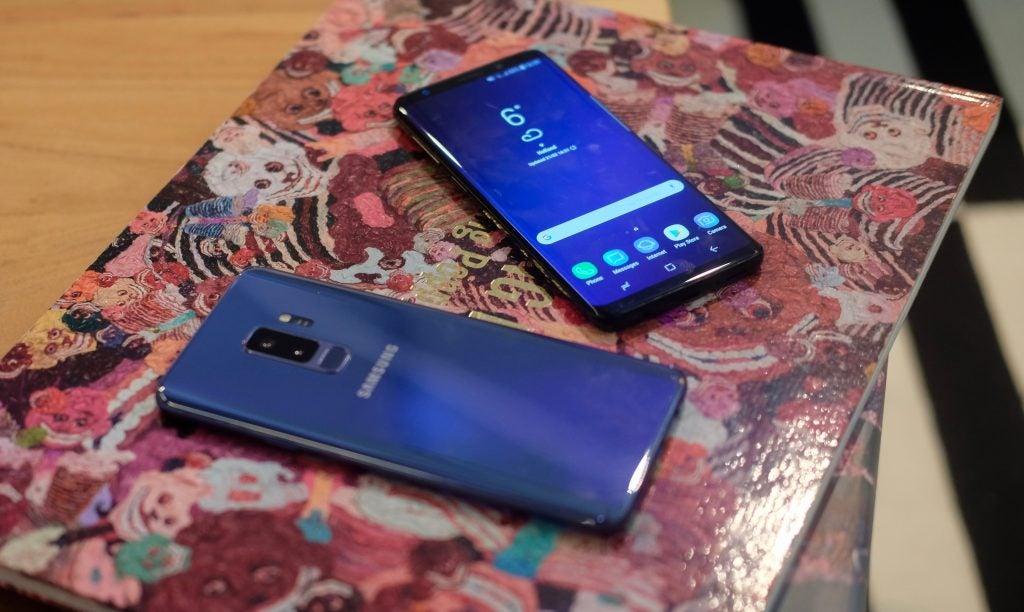
Even high-end cameras are no strangers to this effect. Models like my own Fujifilm X-T10 and the pro-quality Nikon D810 list certain ISO settings as “expanded” because their makers’ engineers have found they tend to overexposure parts of images in some conditions.
It’s counter-intuitive but switching to an f/2.4 setting should avoid this completely, and result in what look like perfect images when you shoot an image of the skyline as the sun peeks out from it.
Variable aperture may be an experiment that foregrounds where Samsung intends to go with its future cameras. We’ll have to wait for our full review of the Samsung Galaxy S9 to see how effective it is.
However, we appreciate Samsung’s recognition of not just photographic principles, but those of good old physics. Google’s recent approach has focused much more on the ways software and clever AI algorithms can make our photos better. But it’s the combination of software and cleverer camera hardware that will take phone photography forward a step.
Are you looking forward to the Samsung Galaxy S9? Let us know @TrustedReviews.


